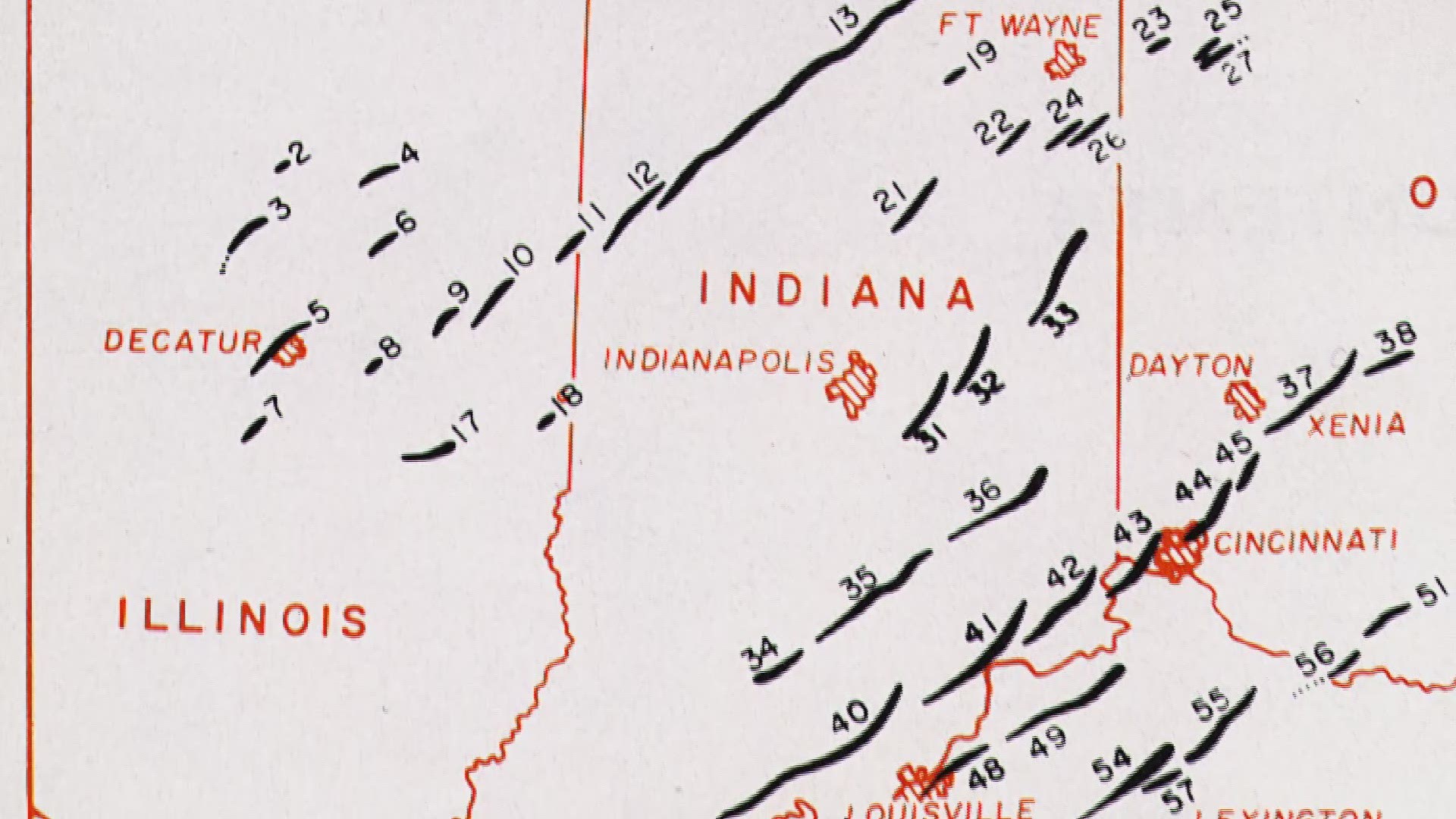Wednesday marks the 45th anniversary of the biggest and deadliest tornado outbreak ever seen in Tennessee and several other states.
The tornado "super outbreak" of 1974 thrashed 13 states from Illinois down to Georgia. From the afternoon of April 3 until the early-morning hours of April 4, a total of 148 tornadoes killed more than 330 people. The storms that raged over a 16-hour stretch also injured more than 5,400 people.
The morning paper on April 3, 1974, in Nashville clearly showed the volatility in the atmosphere over Tennessee. The top story on the front page of The Tennessean was about storm damage the day before from 96 mph winds that featured "terrifying moments of howling, wind-blown fury."
Three fronts would soon converge and ravage the state, packing an especially powerful punch in Middle Tennessee and on the Plateau.
The only storm since the 1974 outbreak to rival its destruction was the outbreak in April 2011. The 2011 system actually produced more tornadoes. However, the twisters in 1974 were bigger. The 1974 outbreak spawned seven F5 tornadoes and 23 tornadoes that measured F4 on the Fujita Scale.
East Tennessee dodged the massive wedge grinders like the F5 that demolished the town of Xenia, Ohio. Nonetheless, there are no "small" tornadoes for those caught in the path of Mother Nature's fury. The post-storm map drawn by Theodore Fujita, the scientist whose last name put the F in the F-Scale, shows how the atmosphere peppered and pounded East Tennessee relentlessly from 2:00 p.m until 2:00 a.m.
Twisters hit Etowah, Maryville, and Newport. Two F3 tornadoes shredded Scott County and injured 20 people. An F2 twister hit a mobile home park in Knox County and killed two children. The victims were twin girls who were only three years old.
In Tennessee, the storms killed 50 people, injured 635, and caused $30 million of damage.
The 1974 super outbreak left another lasting legacy beyond death and destruction. It was the catalyst for the government to invest more heavily in tornado research. The National Weather Service received additional funding, more radars for increased coverage, and better warning systems. That investment has saved lives in the 45 years since one of the worst storms in national history forever left its mark on the landscape and thousands of people.

